No description yet: Can you help?
Center for Culture and Sport “Šumice”
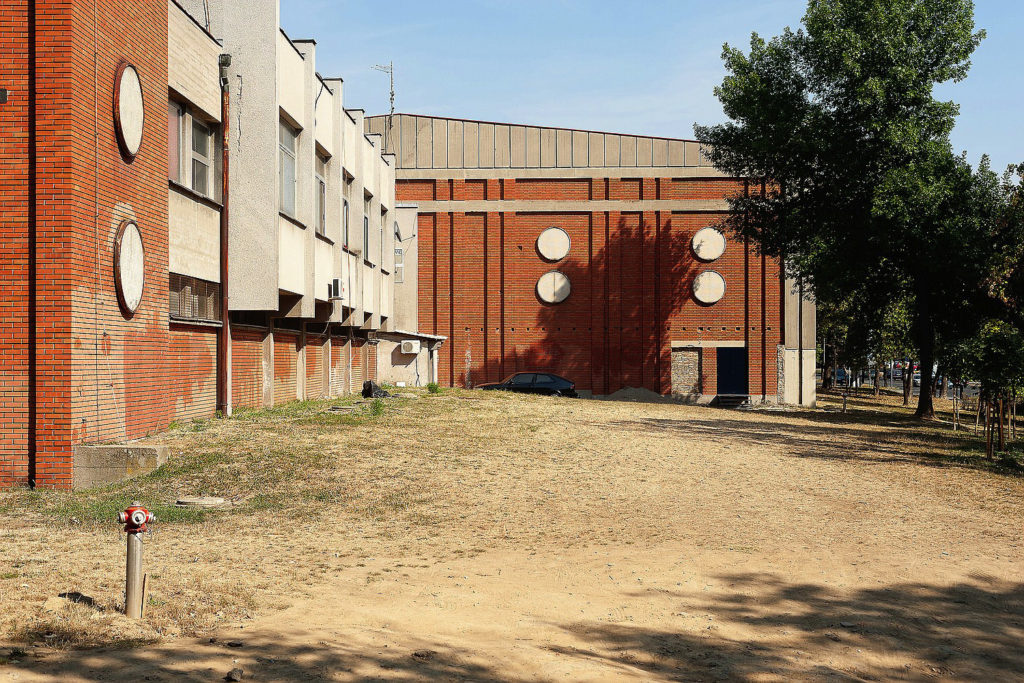

No description yet: Can you help?
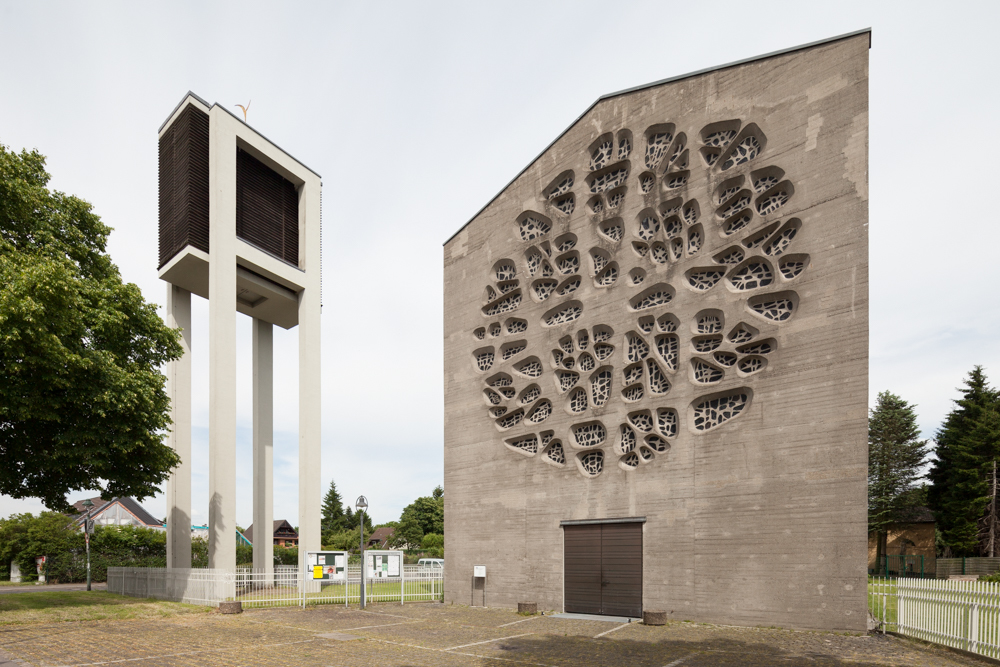
St. Reinhold is the consequent realization of the demand for a unpretentious, functional architecture. The construction is reduced to a simple hall and a separate bell tower. The façade originally was completely closed besides the window above the entr…
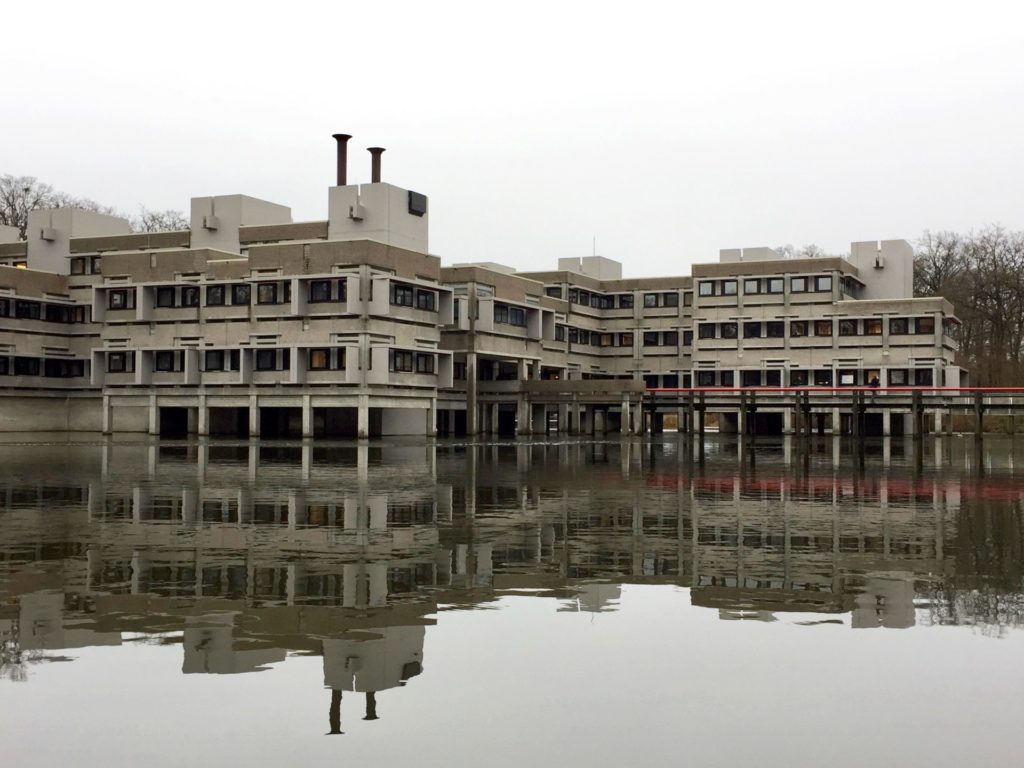
No description yet: Can you help?

No description yet: Can you help?
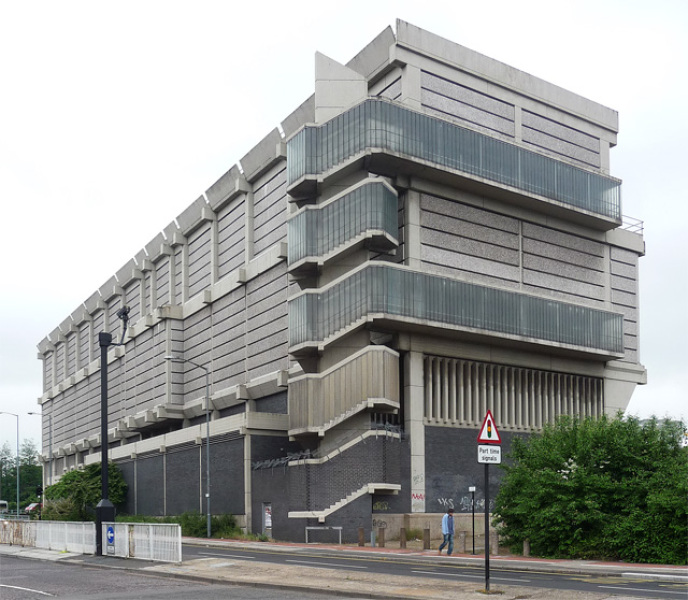
No description yet: Can you help?
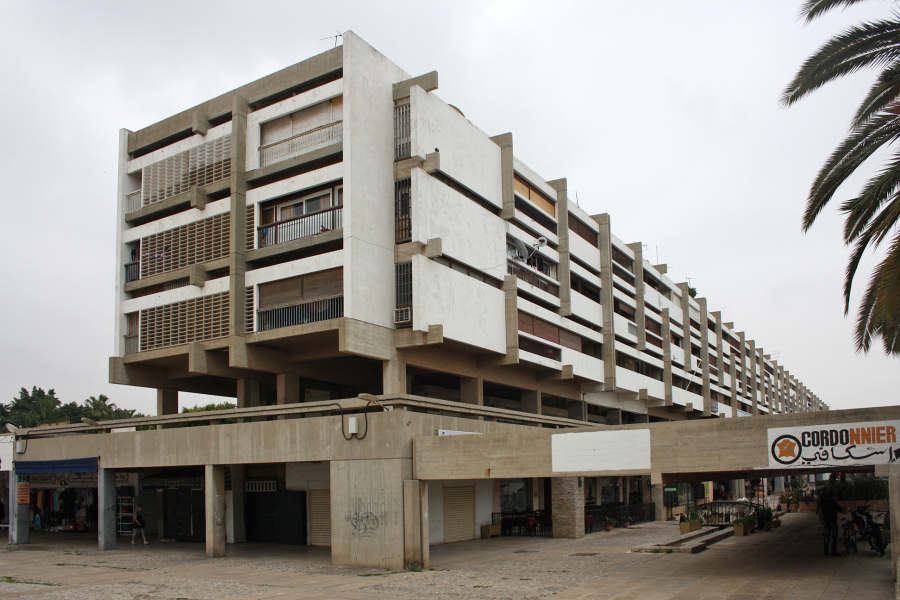
No description yet: Can you help?
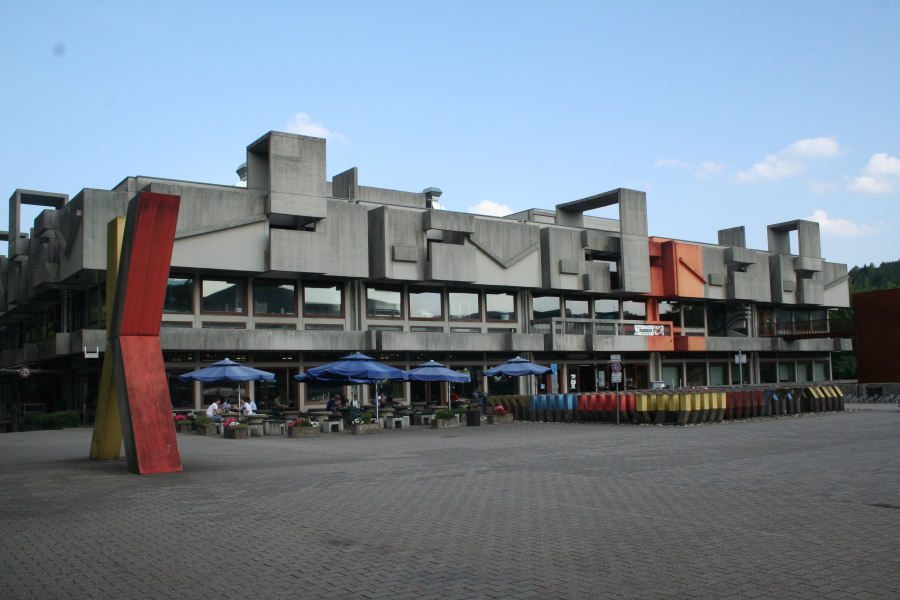
No description yet: Can you help?
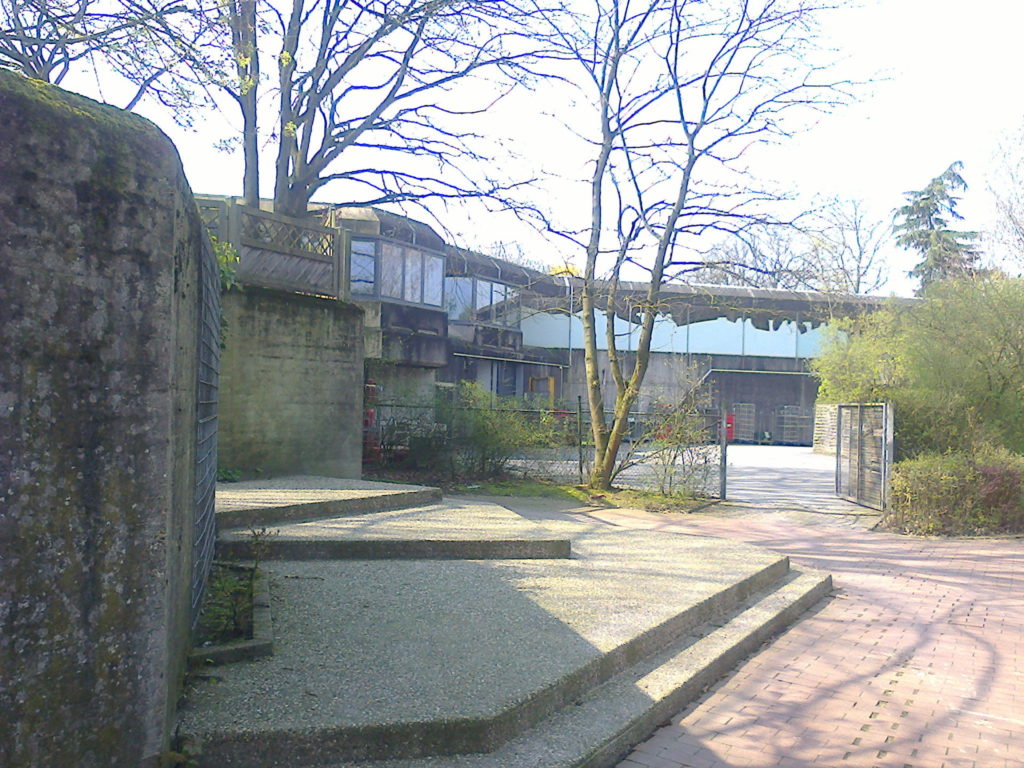
No description yet: Can you help?
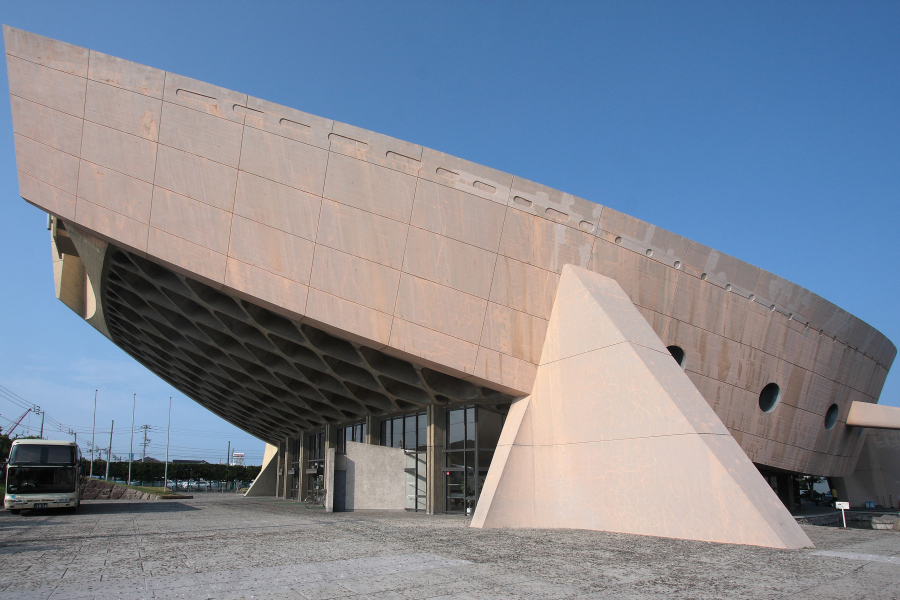
No description yet: Can you help?
Banham suggested that this early project “occupied a period in the history of Japanese architecture that was rich in generically Brutalist experiments”.
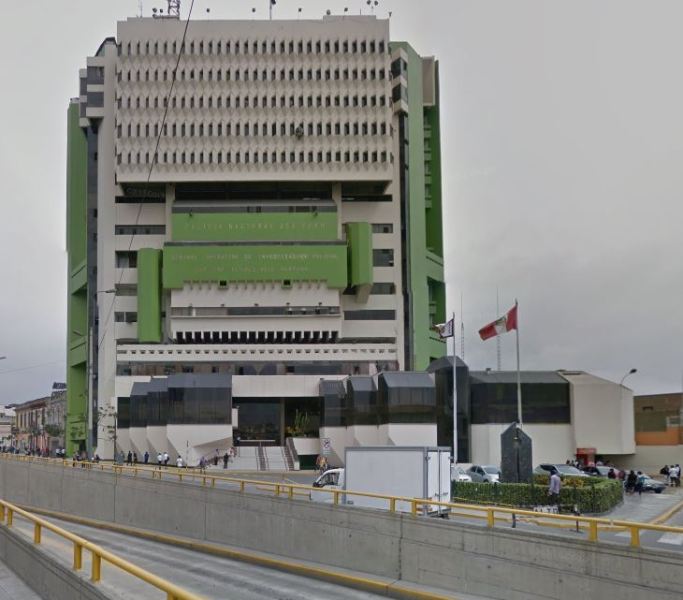
An adorable megalomaniac robot: This building’s most prominent feature is a giant sculptural anthropomorphic protrusion which thwarts any notions of powerful high tech machine aesthetics.
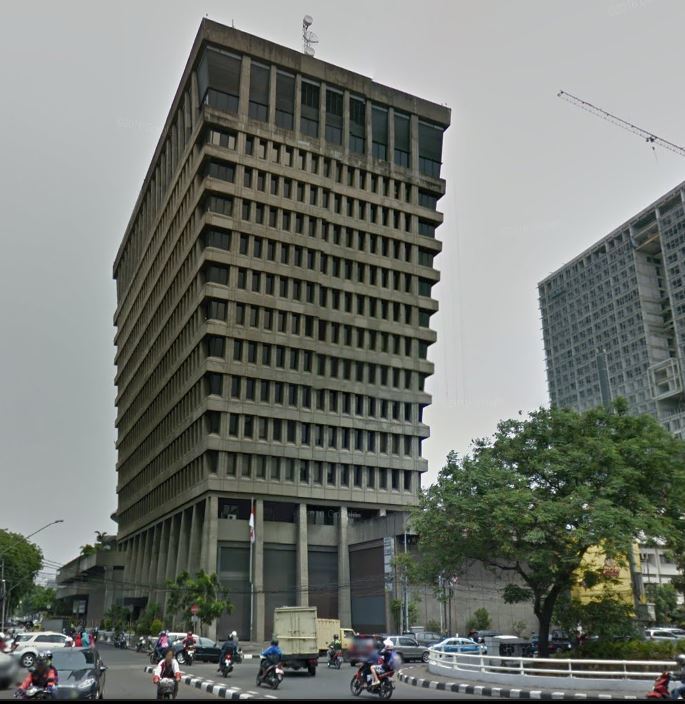
No description yet: Can you help?
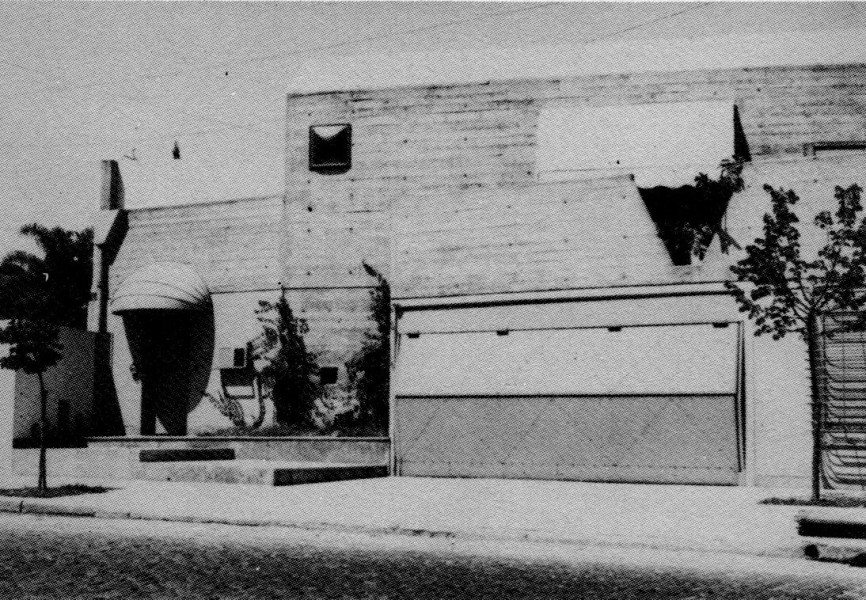
The commission came from the art collector and maecenas Guido di Tella. Project collaborators were Luis Hevia Paul and Irene van der Poll. The house was built with several ramps tunnels. The only demand by the owner: an isolated studio, that could be…
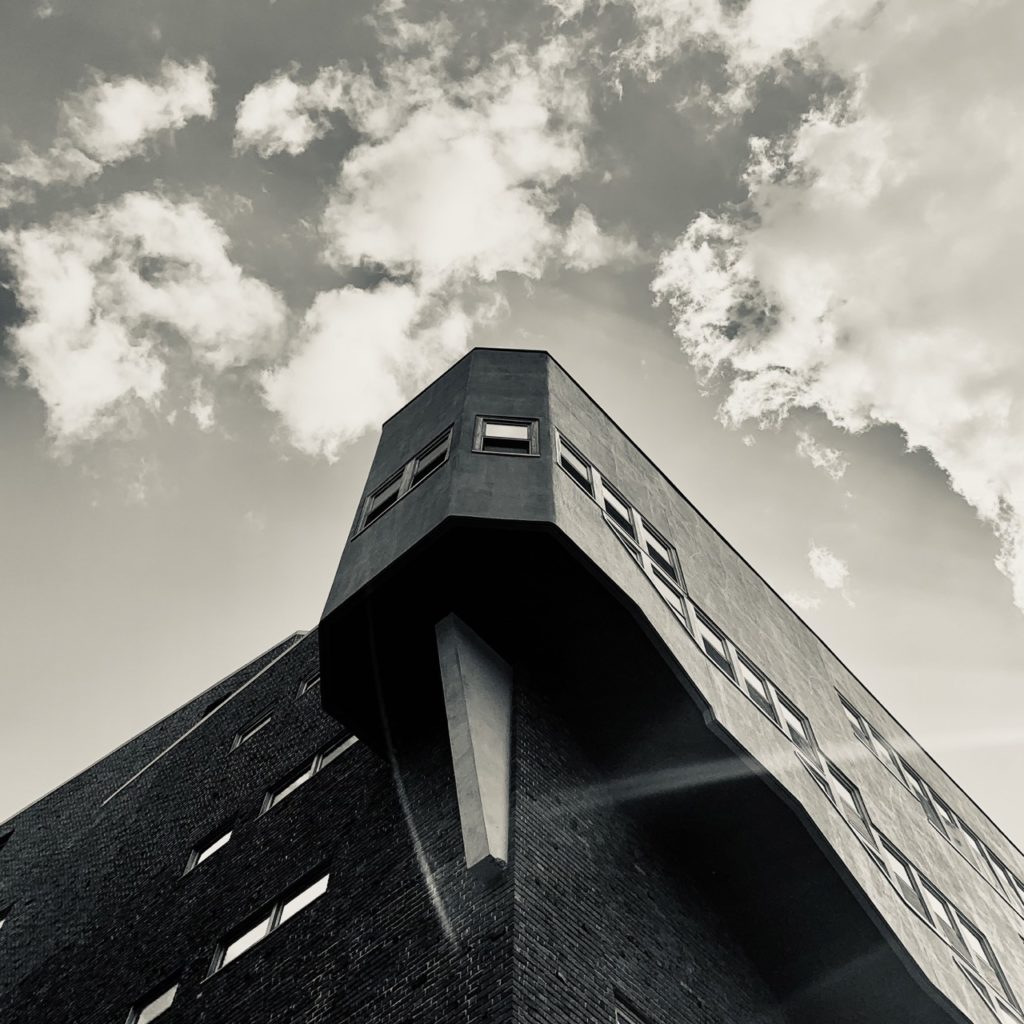
Here, Aalto celebrates brick as a construction material – both on the outside and on the inside. The ground plan and the volume express massive solidity in a manner that flies in the face of the dematerializing tendencies of the International Style.
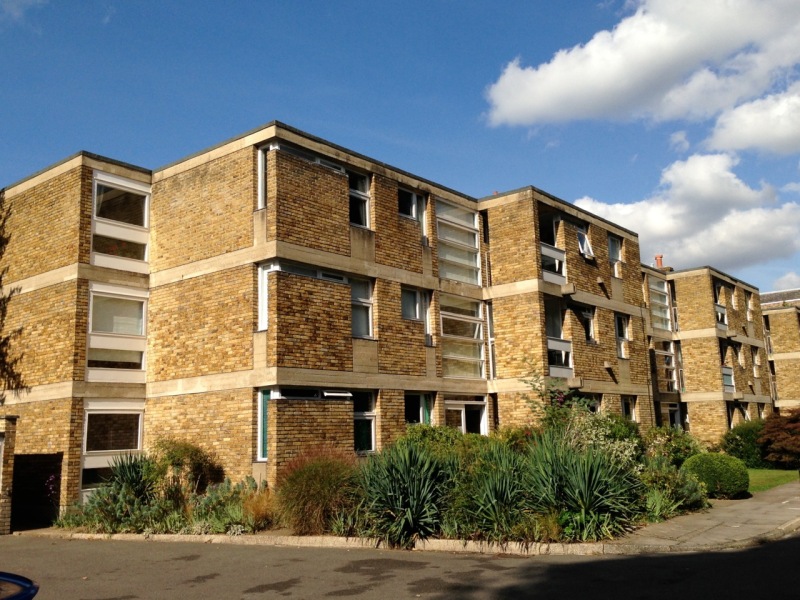
Concrete and brick run from the outside through to the inside. In the apartments, the fireplace wall is sculpted using concrete and brick. For Banham it was a brutalist project. However, Stirling rejected this label for his designs.
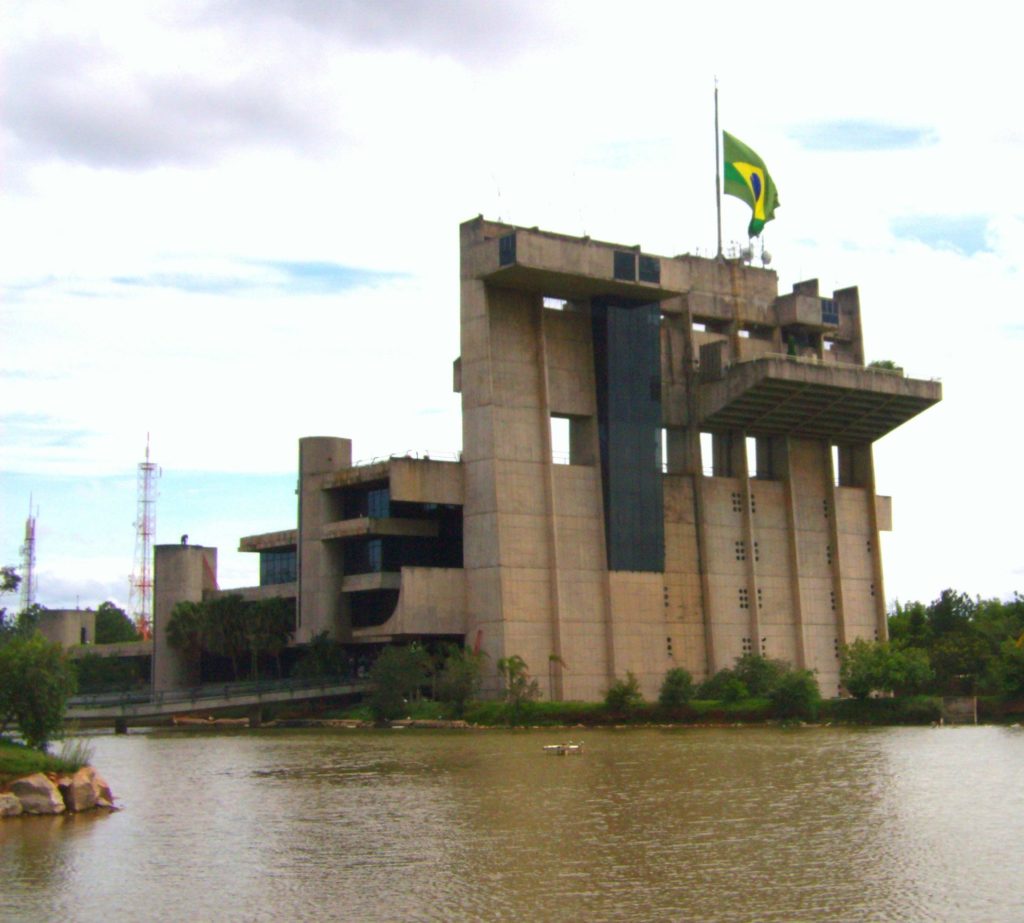
The staggered composition of the volumes is intended to symbolically represent the region’s hoped-for economic upswing. Furthermore, somewhat less complex analogies such as this reflect the highly experimental design language often indulged in by the …
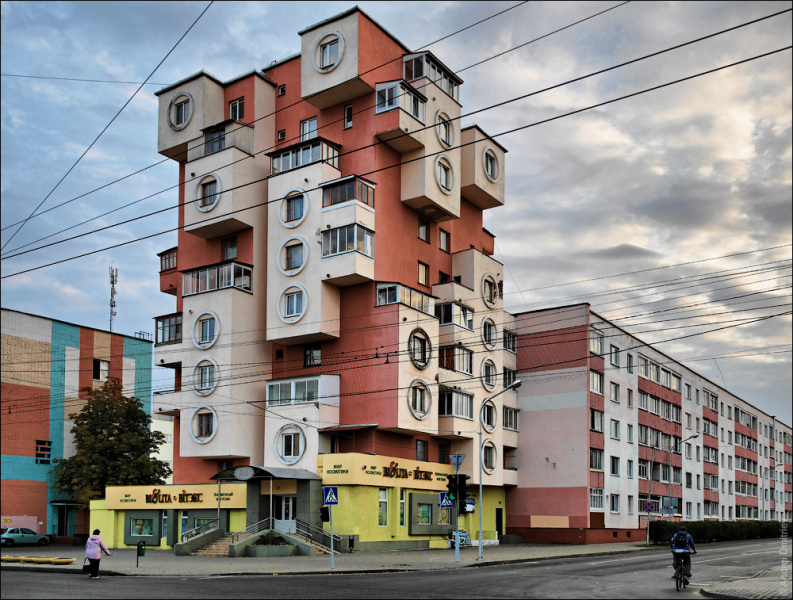
Painted in color today, the apartment block is reminiscent in design terms of the Metabolists’ Nakagin Capsule Tower, which in a similar manner has cubic elements protrude like portholes from the rectangular body of the building, even if the solution …
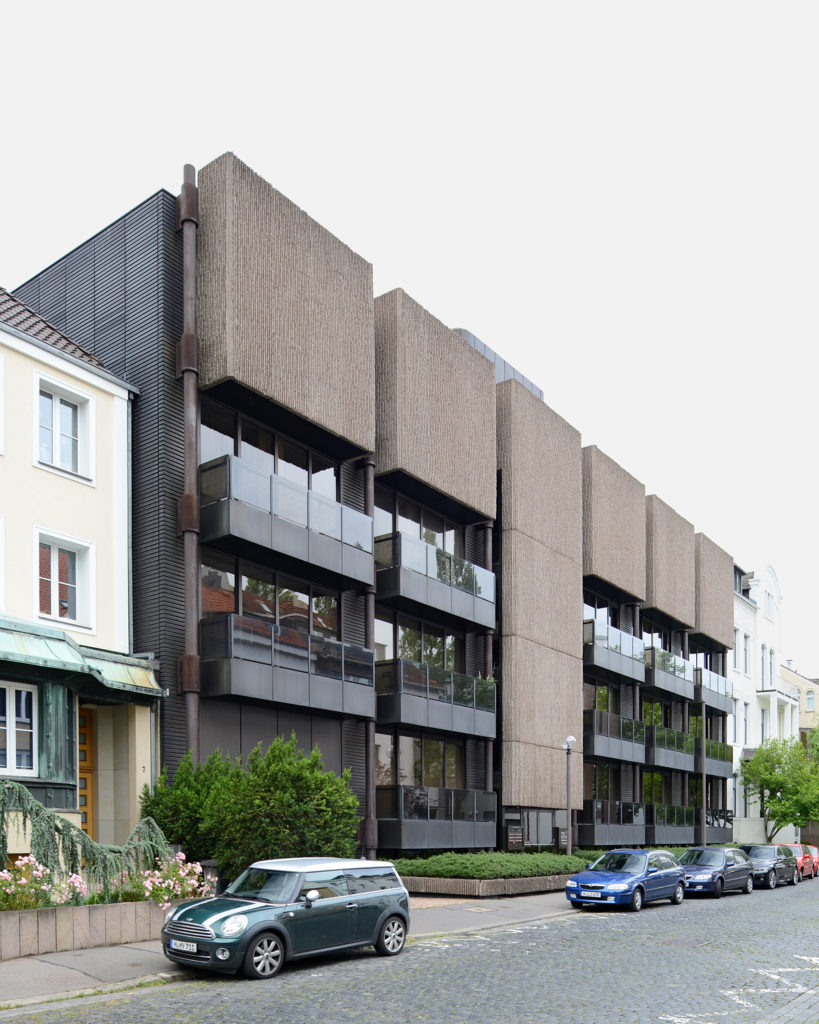
No description yet: Can you help?

The cantilevering confessional boxes are a special feature. Beyond, the church contains a winged altar dating from 1463.
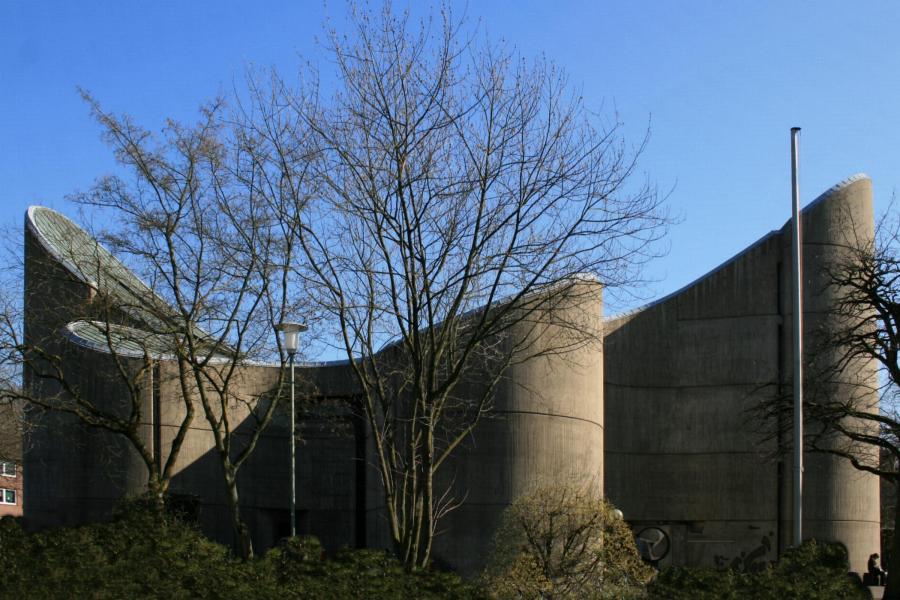
This central-plan church features six characteristic, rounded conchs. Instead of a church tower the roof is steeply angled towards the ends. (Special thanks to Alexander Kleinschrodt)